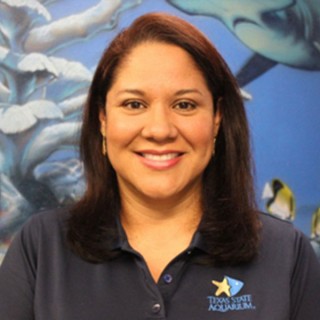

As of the 29th of October 2015, the R/V Falkor has travelled 7544.9km and covered a total of 59,814.51 sq. km of the ocean seafloor.
Our EM-302 multi-beam echo sounder has pinged 166,268 times collecting 71,827,776 soundings over a swath with an average width of 6781.29m. The deepest depth encountered so far is 7786.87m, and the average depth we are mapping is around 4448.74m. We have successfully completed Lines 1-8 and 14-17 and just began to survey Line 13. Even after almost a month of seeing the data streaming in, it is still exciting to see the features of Tamu Massif as the bathymetric/depth data is processed. The magnetic data will take some time to analyze, but the exciting news is Dr. Sager thinks there may be another massif, meaning mountain, on the west end of the volcano that could have formed at the same time as Tamu Massif. It is by no means as large, but the area we are currently collecting data has not been well studied, so there is still much to learn from the magnetic anomalies present in this site.
Communicating Science

As of today, we have connected with over 2500 students and teachers from around the world. This is a milestone for Chief Scientist and Tamu Massif expert, Dr. William Sager, and does not even include the number of teachers he presented for during the pre-cruise workshops that he co-lead in Texas before boarding the R/V Falkor. Since my first meeting with Dr. Sager, he emphasized that the outreach part of this Tamu Massif expedition was a priority for him. “Scientists are not usually trained to do outreach, so we rely on education and outreach professionals, such as those from the Texas State Aquarium, to make sure the science we are doing is not only disseminated to the public but that it is understood. Tamu Massif is a perfect way to capture the attention of brooding young scientists and get them excited about geophysics and other sciences,” Dr. Sager states. Through the Schmidt Ocean Institute’s R/V Falkor, students and teachers from all over the world have become part of our journey to Tamu Massif. We have shared 3D images of Tamu Massif features no one in the world has seen before, and through the efforts of both the science team and the Falkor crew, the students have been able to get a glimpse as to what awaits if they choose a career in these STEM fields.

